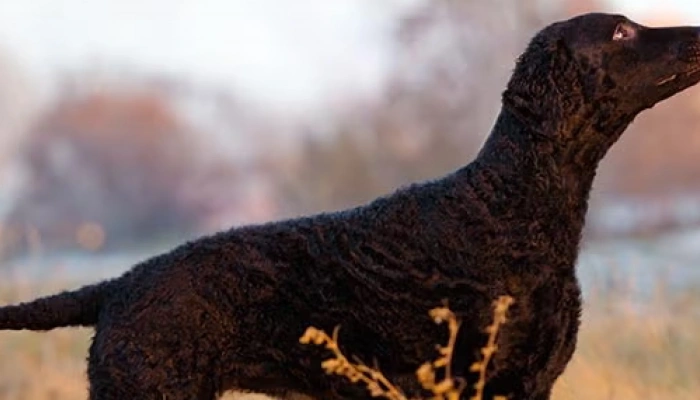Curly-Coated Retrievers are quick learners but often think for themselves. Early, consistent training is important, using positive reinforcement and variety to keep them engaged. They tend to mature slowly, retaining a playful, puppy-like spirit well into adulthood.
Their coat requires surprisingly little grooming—regular brushing and occasional bathing suffice, and trimming is rarely needed. The breed is generally healthy but may be prone to hip dysplasia, cancer, and bloat, so regular veterinary care is key.







